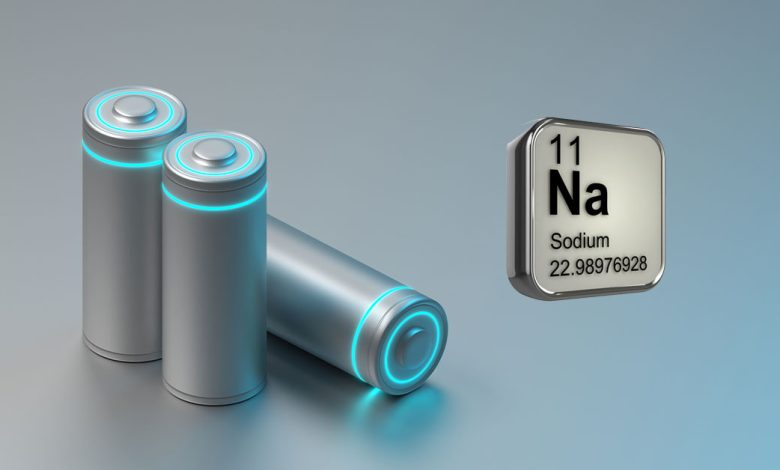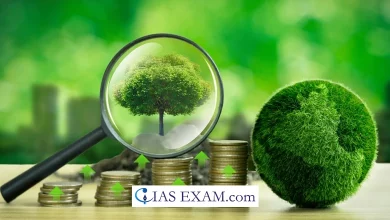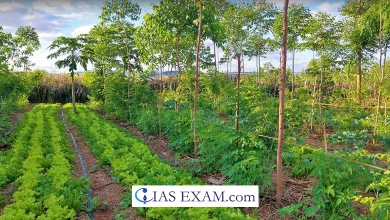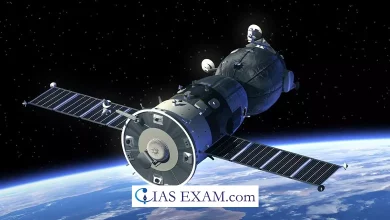Daily Current Affairs for UPSC
Sodium-ion (Na-ion) batteries
Syllabus- Science and Technology [GS Paper-3]

Context- By developing new cathode materials that offer high performance, cost-effectiveness, and environmental stability, Indian scientists have recently made a significant advancement in the development of Sodium-ion (Na-ion) batteries.
Key Highlights
- Sodium-transition-metal-oxide (Na-TM-Oxide)-based cathode materials are currently plagued by air/water instability and structural cum-electrochemical instability. As a result of this development, energy storage systems that are both stable and effective can now be developed.
What new cathode materials have been developed?
- Cathode material is the terminal where sodium particles are put away during the battery’s release cycle.
- Responsible for the electrochemical responses permit the progression of electrical flow.
- The recently evolved cathode materials are known for being air/water-steady and superior execution.
- When exposed to air or water, they exhibit high electrochemical cyclic stability and stability.
Significance:
- The recently evolved cathode materials for Sodium-particle batteries offer elite execution, cost-adequacy, and natural kind disposition.
- These materials are making ready for the improvement of effective and economical energy stockpiling frameworks for different applications like buyer gadgets, matrix energy capacity, sustainable power stockpiling, and electric vehicles.
What is Sodium-ion (Na-ion) Battery?
- A sodium-ion battery is a type of rechargeable battery that is similar to the common lithium-ion battery but uses sodium ions (Na+) instead of lithium ions (Li+) as charge carriers.
- The functioning standards behind and cell development of a sodium-particle battery is basically indistinguishable from those of lithium-particle batteries, however sodium compounds are utilized rather than lithium compounds.
- Sodium-particle batteries are as of now arising as an expected option in contrast to current lithium-particle battery innovation because of their lower cost, higher accessibility, and decreased influence on the climate.
- Importance:
- Beyond conventional Lithium-ion (Li-ion) batteries, the development of cost-effective, resource-friendly, safe, and sustainable alkali metal-ion battery systems is necessary due to the growing significance of battery-driven electric vehicles in addressing climate and environmental issues.
- The Na-ion battery system is especially important in India because it provides a readily available and abundant resource for the production of Na-ion batteries.
- Challenges:
- The structural and electrochemical stability of the electrodes, sodium-ion transport kinetics, and various dynamic resistances all influence the performance of Na-ion batteries.
- However, in order for Na-ion battery systems to be widely used, significant advancements in the electrochemical behavior and stability of sodium-based cathode materials are required.





.png)



